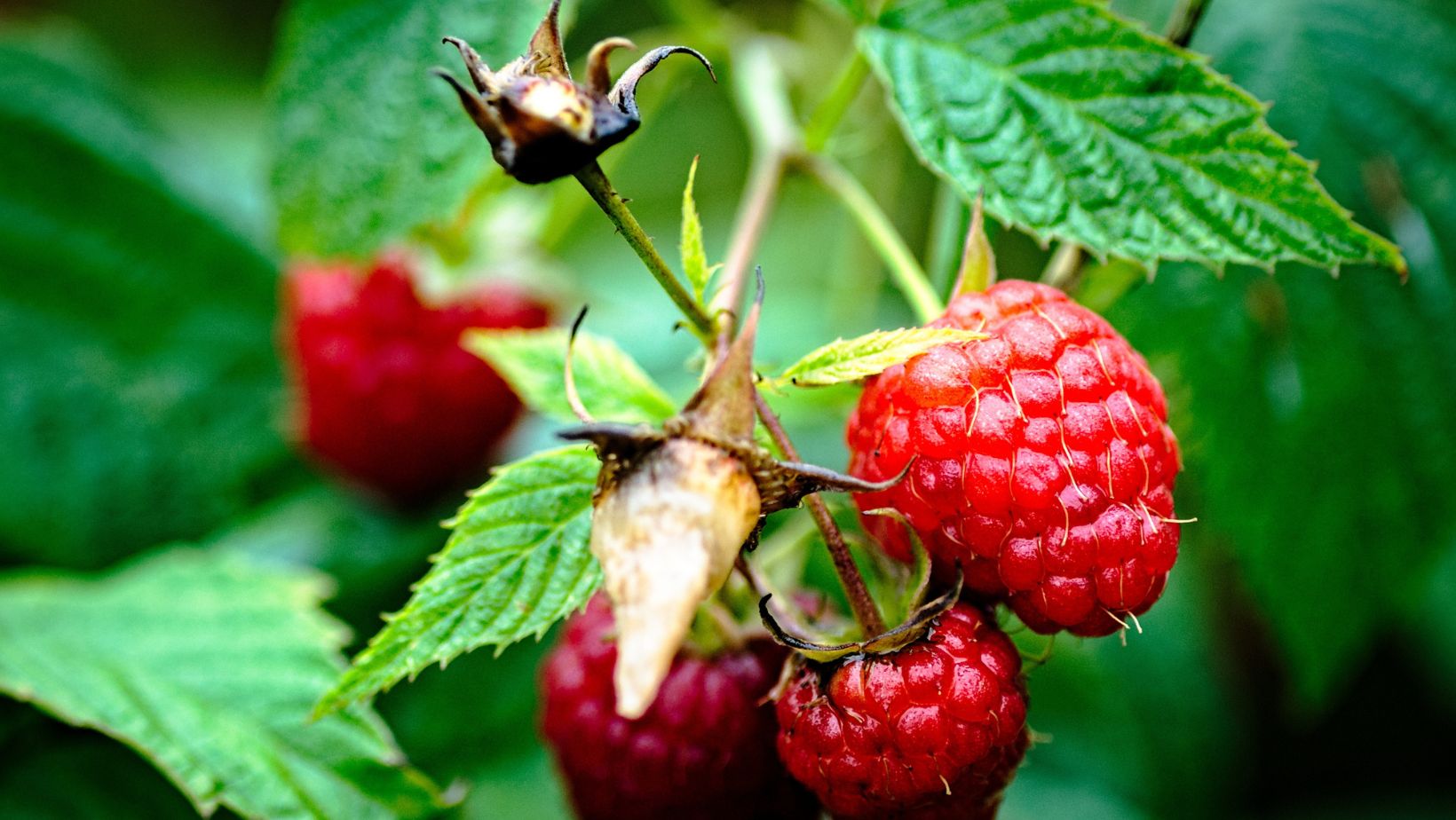Imagine stepping outside to pick fresh raspberries, strawberries, or apples right from your own backyard. For beginners, growing fruit might seem daunting, but with the right approach, anyone can cultivate a thriving garden filled with delicious, homegrown produce. raspberry plants, strawberry plants, and fruit trees are excellent choices for novice gardeners, offering manageable care requirements and rewarding harvests. This guide will walk you through the basics of planting and caring for these plants, helping you create a fruitful backyard oasis.
Why Choose Raspberries, Strawberries, and Fruit Trees?
Starting a fruit garden is a fantastic way to enjoy fresh, flavorful produce while adding beauty to your outdoor space. Raspberries bring a burst of tart-sweet flavor, perfect for snacking or baking. Strawberries, with their juicy texture, are ideal for desserts, salads, or eating fresh. fruit trees, like apple, pear, or cherry, provide long-term rewards with annual harvests of crisp, succulent fruit. These plants are not only delicious but also relatively easy to grow, even for those new to gardening.
Beyond taste, growing your own fruit saves money, reduces your environmental footprint, and lets you control what goes into your food. With a bit of planning and care, you can enjoy homegrown fruit for months or even years.
Starting with Raspberry Plants
Raspberries are a great entry point for beginners due to their hardiness and straightforward care needs. There are two main types: summer-bearing, which produce one large crop in early summer, and everbearing, which offer smaller harvests in both summer and fall.
To get started, choose a sunny spot in your backyard with at least six hours of direct sunlight daily. Raspberries thrive in well-drained, slightly acidic soil with a pH of 5.5 to 6.5. Before planting, work compost or organic matter into the soil to improve fertility. Plant raspberry canes 2–3 feet apart in rows, and consider adding a trellis or stakes to support the canes as they grow.
Water your raspberry plants regularly, keeping the soil consistently moist but not soggy. Mulch with straw or wood chips to retain moisture and prevent weeds. In late winter or early spring, prune everbearing raspberries by cutting all canes to the ground, or for summer-bearing types, remove only the canes that fruited the previous year. This keeps plants productive and healthy.
Growing Strawberry Plants for Quick Results
Strawberries are perfect for beginners because they grow quickly and can thrive in small spaces, including garden beds, containers, or hanging baskets. You’ll find three types of strawberry plants: June-bearing (one large crop in early summer), everbearing (two to three smaller crops), and day-neutral (continuous fruiting throughout the season).
Plant strawberries in early spring in a sunny location with well-drained soil. Aim for a soil pH between 5.5 and 6.5, and enrich the soil with compost or aged manure. Space plants 12–18 inches apart, ensuring the crown (where the roots meet the stem) sits just above the soil surface. Mulch with straw or pine needles to keep the soil cool and weed-free.
Water strawberries about an inch per week, and avoid overhead watering to prevent leaf diseases. In the first year, pinch off flowers to help plants focus on root growth, which leads to better harvests later. Remove runners unless you want to propagate new plants. With proper care, strawberries can produce fruit within a few months.
Planting Fruit Trees for Long-Term Rewards
Fruit trees are a bigger commitment but offer years of harvests once established. Popular options include apple, pear, plum, or cherry trees. For beginners, dwarf or semi-dwarf varieties are easier to manage and fit well in smaller backyards.
Choose a sunny spot with well-drained soil and plant in early spring or fall. Dig a hole twice as wide as the root ball and just as deep, mixing in compost to enrich the soil. Place the tree in the hole, ensuring the graft union (a slight bulge near the base) is above ground. Water deeply after planting and add a layer of mulch around the base to conserve moisture.
Most fruit trees require a second tree for cross-pollination, so research compatible varieties or opt for self-pollinating types. Water young trees weekly, especially during dry periods, and fertilize in early spring with a balanced fertilizer. Prune annually in late winter to remove dead or crowded branches, shaping the tree to allow sunlight to reach all parts of the canopy.
Planning Your Backyard Fruit Garden
To create a cohesive fruit garden, consider the needs of each plant. Raspberries and strawberries can share a sunny, well-drained bed, while fruit trees need more space and deeper soil. Map out your backyard to ensure each plant gets enough sunlight and room to grow. For example, place taller fruit trees on the north side of your garden to avoid shading smaller berry plants.
Start small with a few raspberry canes, a patch of strawberries, and one or two fruit trees. This keeps the workload manageable while you learn. As you gain experience, you can expand your garden with additional varieties or plants. Incorporate companion plants like marigolds or chives to repel pests and attract pollinators, enhancing your garden’s productivity.
Caring for Your Plants: Tips for Success
Healthy soil is the foundation of a successful fruit garden. Test your soil’s pH and nutrient levels before planting, and amend as needed with lime (to raise pH) or sulfur (to lower pH). Add organic matter annually to maintain soil fertility.
Watering is critical, especially for young plants. Raspberries and strawberries need consistent moisture, while fruit trees require deep watering during their first few years. Use drip irrigation or soaker hoses to deliver water directly to the roots, reducing waste.
Protect your plants from pests like birds, aphids, or beetles. Netting works well for berries, while sticky traps or organic sprays like neem oil can help with fruit trees. Regularly check for signs of disease, such as leaf spots or wilting, and address issues early to prevent spread.
Harvesting and Enjoying Your Fruit
Raspberries are ready to pick when they’re fully colored and slip easily off the cane. Strawberries should be bright red and slightly soft to the touch. For fruit trees, harvest when fruit is firm but yields slightly to pressure, depending on the variety. Taste a few to ensure peak flavor.

Store fresh berries in the refrigerator for up to a week, or freeze them for longer storage. Fruit from trees can be eaten fresh, canned, or turned into pies, sauces, or jams. Share your bounty with friends or family, or experiment with recipes to make the most of your harvest.
Your Journey to a Fruitful Backyard
Planting raspberries, strawberries, and fruit trees is an exciting way to start your gardening journey. These plants are forgiving for beginners, offering quick results with berries and long-term rewards with trees. With a little effort and care, your backyard can become a thriving source of fresh, delicious fruit.
Start today by selecting a sunny spot, preparing your soil, and choosing your plants. As you nurture your garden, you’ll gain skills and confidence, creating a space that’s both productive and beautiful. Enjoy the fruits of your labor—literally—and savor the satisfaction of growing your own food.

